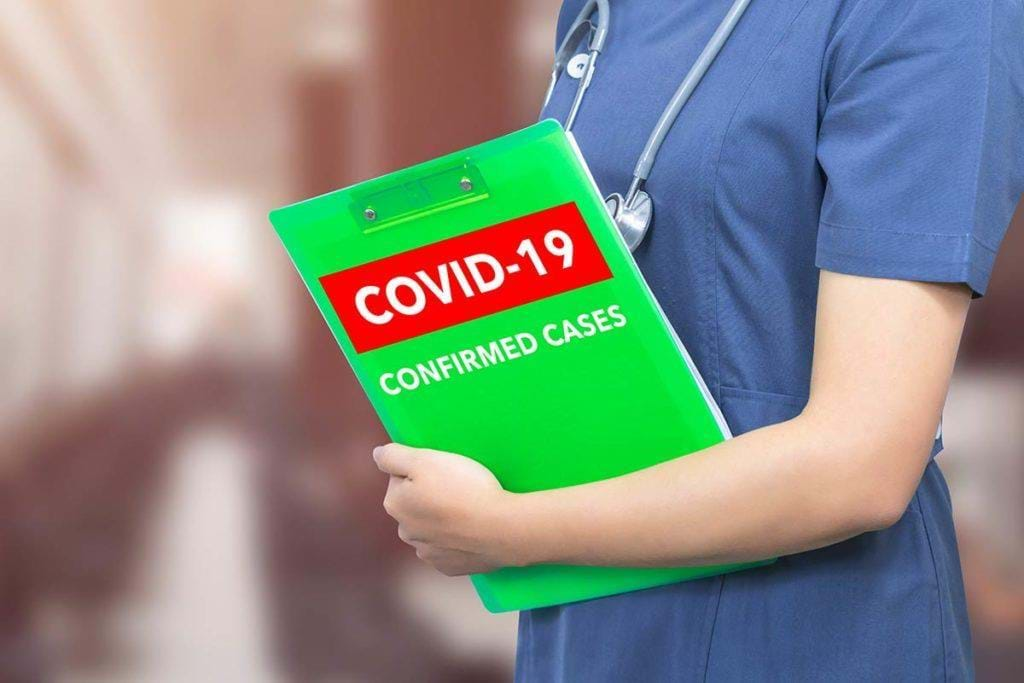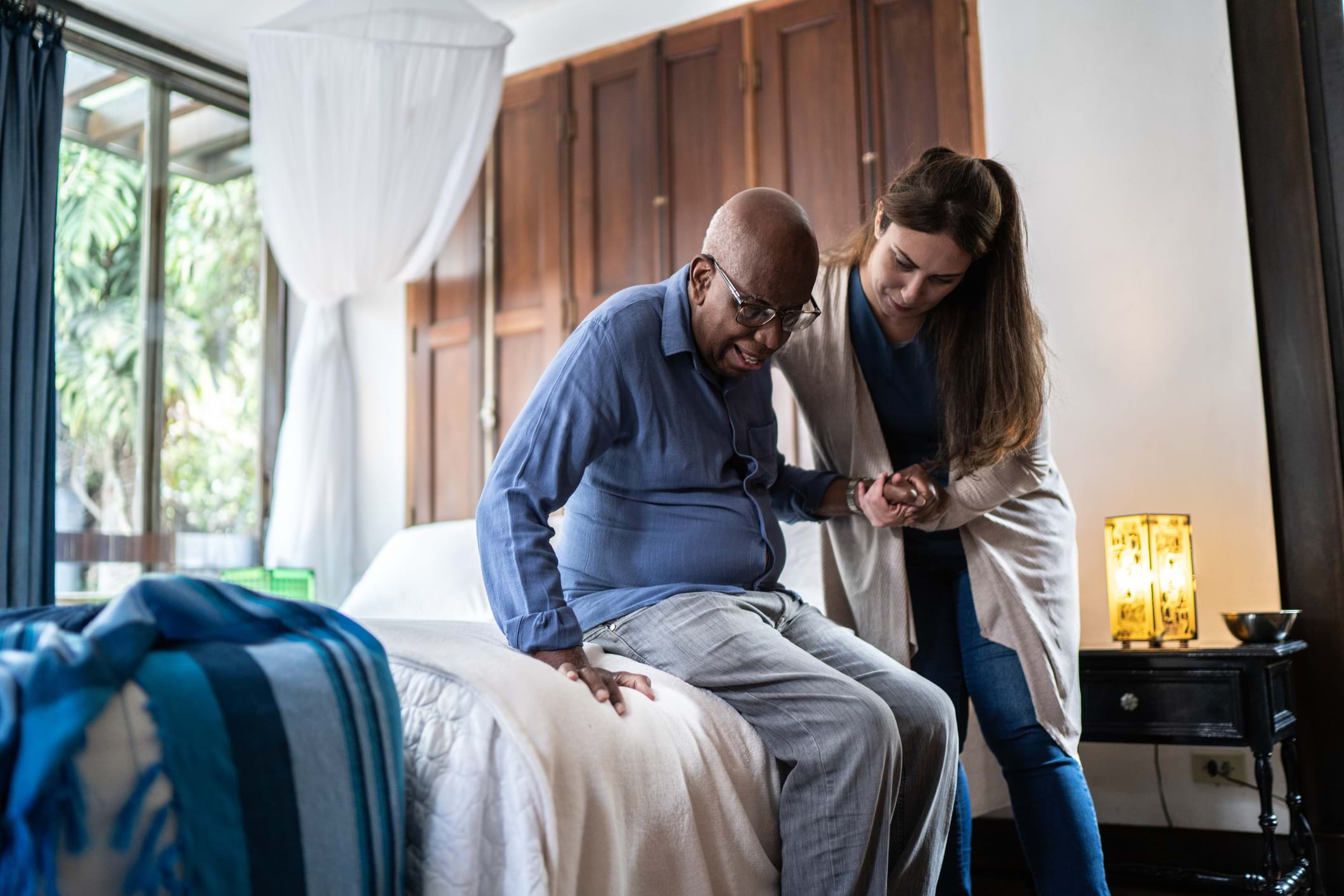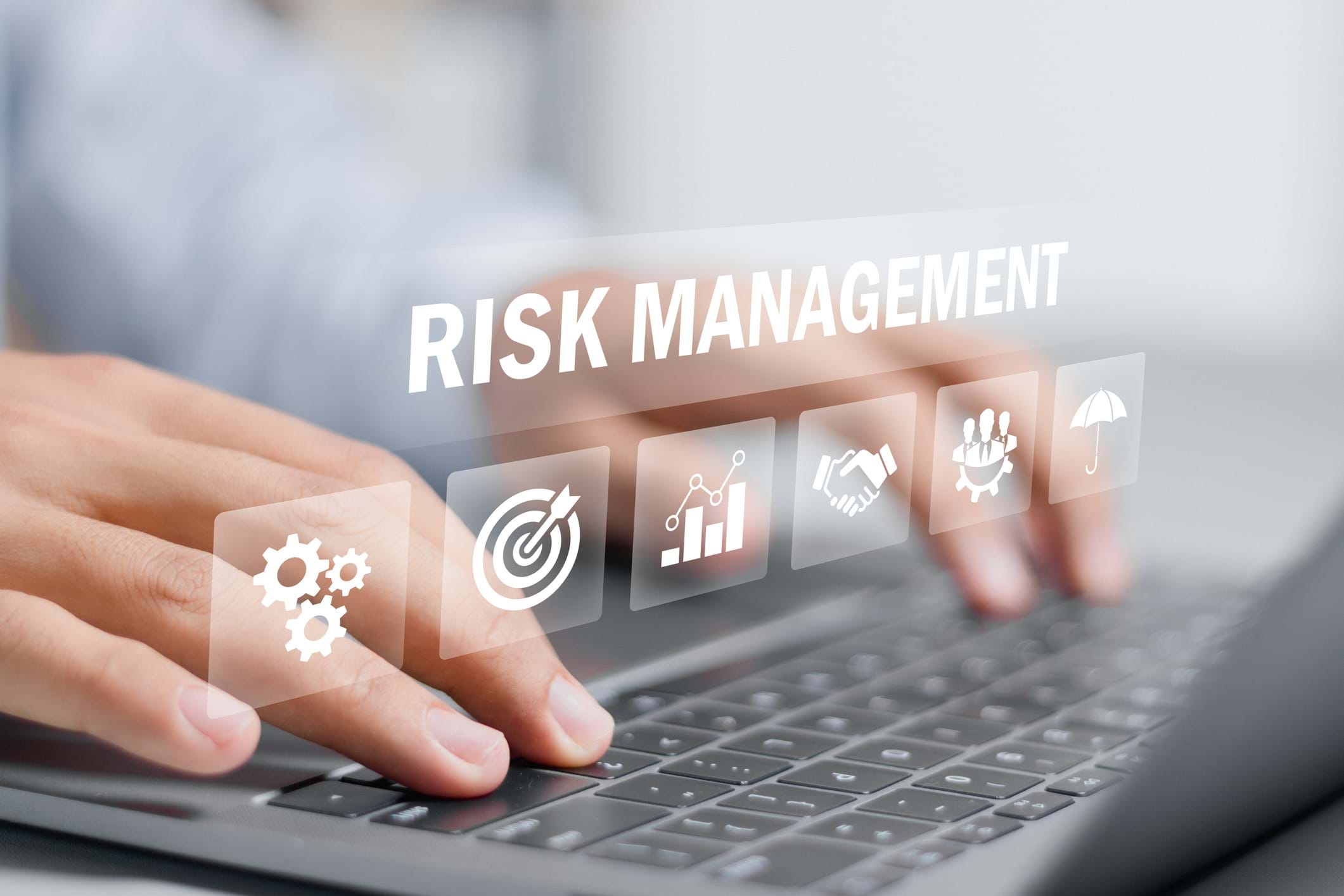OSHA continues to issue and revise COVID-19 enforcement guidance. This article will bring you up-to-speed on two recently issued enforcement guidance documents updates.
Update #1: OSHA’s Revised Enforcement Guidance for Recording Cases of COVID-19:
OSHA had previously issued enforcement guidance on April 10, 2020, indicating that it would not enforce recordkeeping obligations related to COVID-19 for employers other than those in the healthcare industry, emergency response organizations (e.g., emergency medical, firefighting, or law enforcement), and correctional institutions, except where there was objective evidence that was reasonably available to the employer that indicated a COVID-19 case was work-related. This has changed with the May 26th guidance. OSHA has now specified that it will enforce the recordkeeping requirements, subject to the Revised Recording Guidance that took effect on May 26th.
The Revised Recording Guidance directs employers in all industries to make a reasonable and good faith determination as to whether a case of COVID-19 is “work-related” and, if so, the employer is to record it on the facility’s OSHA 300 Log. Under OSHA’s recordkeeping requirements, COVID-19 is a recordable illness, and thus employers are responsible for recording cases of COVID-19 under the following circumstances:
-
- The case is a confirmed case of COVID-19, as defined by the Centers for Disease Control and Prevention (CDC);
- The case is work-related as defined by 29 CFR § 1904.5; and
- The case involves one or more of the general recording criteria (e.g. requiring medical treatment beyond first aid and missing time from work) set forth in 29 CFR § 1904.7.
A case is considered to be “work-related” if an event or exposure in the work environment either caused or contributed to the resulting condition (29 C.F.R. § 1904.5(a)). Although the common cold or flu is not considered to be work-related, other contagious diseases are considered to be work-related if an employee is infected at work.
If it is determined that COVID-19 is work-related, OSHA has clarified that COVID-19 should be coded as a “respiratory illness” on the OSHA 300 Log. If an employee voluntarily requests that his or her name not be entered on the log, the employer must comply as specified under 29 CFR § 1904.29(b)(7)(vi).
OSHA states that in determining whether an employer has complied with this obligation and made a reasonable determination of work-relatedness, OSHA Compliance Officers should apply the following considerations:
1. The reasonableness of the employer’s investigation into work-relatedness. While OSHA does not expect employers to undertake extensive medical inquiries, OSHA states it is sufficient in most circumstances for the employer, when it learns of an employee’s COVID-19 illness to do the following:
a. Ask the employee how he/she believes their COVID-19 illness was contracted;
b. While respecting employee privacy, discuss with the employee their work and out-of-work activities that may have led to the COVID-19 illness; and
c. Review the employee’s work environment for potential COVID-19 exposure. The review should be informed by any other instances of workers in that environment contracting COVID-19 illness.
2. The evidence available to the employer. The evidence that a COVID-19 illness was work-related should be considered based on the information reasonably available to the employer at the time it made its work-relatedness determination. If the employer later learns more information related to an employee’s COVID-19 illness, then that information should be taken into account as well in determining whether an employer made a reasonable work-relatedness determination.
3. The evidence that a COVID-19 illness was contracted at work. OSHA Compliance Officers should take into account all reasonably available evidence, in the manner described above, to determine whether an employer has complied with its recording obligation. Certain types of evidence may weigh in favor of or against work-relatedness. For instance:

Update #2: Updated Interim Enforcement Response Plan for COVID-19:
OSHA also issued its Updated Interim Enforcement Response Plan for COVID-19. Although this enforcement response plan is directed to OSHA personnel, it provides useful guidance to employers on OSHA’s enforcement priorities and considerations. See link below to this guidance document.
This Updated Enforcement Guidance also became effective on May 26, 2020. This guidance does not create a new occupational safety standard for COVID-19, but instead is designed to allow for flexibility and discretion so that OSHA personnel can enforce existing occupational safety and health standards amidst changing conditions. It provides OSHA personnel with guidance on handling of COVID-19 related complaints, referrals, and severe illness reports. This guidance is intended to be time-limited to the current COVID-19 public health crisis.
The updated guidance indicates that OSHA will continue to prioritize COVID-19 cases, with reference to the workplace risk levels identified in OSHA’s March 2020 Guidance on Preparing Workplaces for COVID-19. OSHA’s focus will be on very high and high exposure risk workplaces, such as hospitals and healthcare providers treating patients with COVID-19. Inspection resources will be keyed on COVID-19 fatalities, imminent danger exposures, and expands OSHA’s focus to also include workplaces with high numbers of complaints or known COVID-19 cases.
OSHA now expects to follow normal inspection procedure (opening conference, program and document review, walkaround, employee interviews, if so desired, and a closing conference) for complaints and referrals for lower and medium exposure risk establishments in areas where the spread of COVID-19 has significantly decreased. In high-risk workplaces, or in areas where a local area is experiencing either a sustained elevated community transmission or a resurgence in community transmission, OSHA will continue to rely on modified procedures in order to protect enforcement staff. For example, initial notification and opening conferences may be made by phone, document review may be conducted remotely, and any walk around inspections will be conducted to minimize exposure to enforcement staff, where possible. Employers should prepare to be cooperative in light of such concerns.
OSHA has not promulgated a specific safety order related to COVID-19. The Updated Enforcement Guidance identifies several standards that may apply and could be implicated during an investigation, depending on the factual circumstances. These standards include, but are not limited to, the following:
-
- Recording and reporting occupational injuries and illnesses (29 CFR § 1904);
- Personal protective equipment (29 CFR §§ 1910.132 (general requirements); 1910.133 (eye and face protection);
- Respiratory protection (29 CFR § 1910.134);
- Sanitation (29 CFR § 1910.141);
- Specification for accident prevention Signs and Tags (29 CFR 1910.145);
- Access to exposure and medical records (29 CFR § 1910.1020); and
- Section 5(a)(1) – General Duty Clause
OSHA has clarified that records concerning an “employee’s work-related exposure to COVID-19 is an employee exposure record” under Section 1910.1020(c)(5), and that records of COVID-19 medical test results, medical evaluations, or medical treatment are considered “employee medical records” subject to Section 1910.1020(c)(6). Such records must typically be kept for duration of employment plus thirty years. The Updated Enforcement Guidance also refers to the Revised Recording Guidance with respect to injury and illness recordkeeping.
For additional COVID-19 resources and risk management recommendations, please visit our COVID-19 Risk Management Center.
A PDF of the above information can be found here.

Philadelphia, PA, 19102

EB.jpg)






